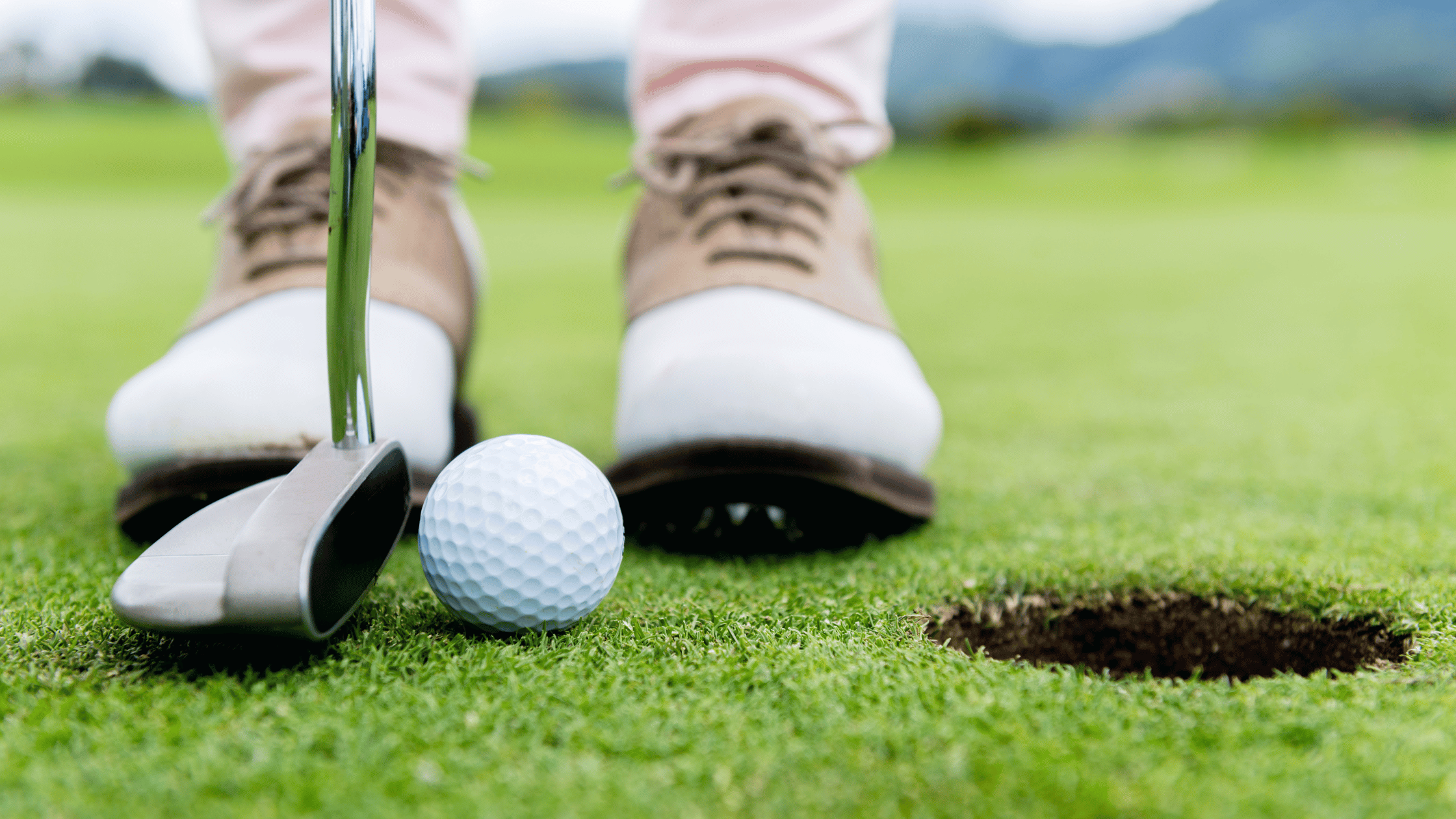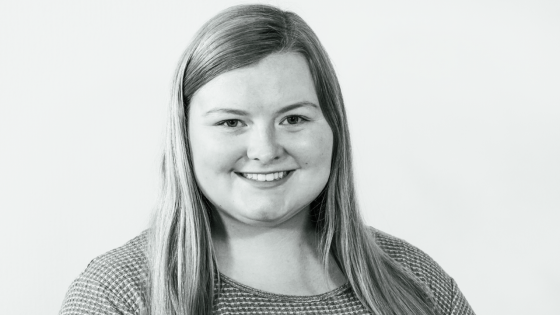Content Manager // EW Motion Therapy
In an article for Forbes Magazine, Mark C. Perna discusses the value of failure in our lives, as much as we try to avoid it. He says,
“Nobody wants to put themselves out there making a public mistake. Most of us are our own worst critics, and that inner voice reliving all our worst performances is hard to drown out. Failure is embarrassing, discouraging and just all-around no fun. But if we can get past the negative emotions associated with royally messing up, failure may actually turn out to be a gift.”
I considered this concept of failing to succeed while talking to one of our physical therapists about his career. Riley Manasco started at EW Motion Therapy in 2021 after playing collegiate golf and has used his passion for working with golfers to pioneer our EW Golf program. Even though he started his journey to collegiate golf later than most, he made himself proud and learned lessons that influence his physical therapy career even today. I got to sit down with Riley and discuss how his experiences with golf and physical therapy intersect to make him a better practitioner and what we can learn from his life and career.
Riley Manasco, college golfer
Even though he ended up as a golfer, Riley’s time playing sports began in a different area: baseball. Like many young boys in the South, he started playing baseball at three years old and continued for the next ten years. But over time, baseball started to become less fun, and his eyes began to wander. His dad was an avid golfer, and during the summer, he would drop Riley off at the now-closed Castle Pines golf course in Gardendale to try something different. In middle school, Riley saved up all his birthday money to buy a set of golf clubs. The pieces were starting to fall into place, and after working at Castle Pines for the summer between his 8th and 9th grade school years, he told his baseball coach he was taking a year off. In reality, he never returned - Riley was officially a golfer, and among a group of fellow junior players, he thrived in his new sport.
“It was the first time I had learned something new in a long time. I enjoyed the skill and technical aspects of it - it was fun to practice something again and enjoy practice.”
Since he didn’t start competing in golf tournaments until high school, Riley was a little behind in the recruiting process. But he continued to improve during high school, and in the spring of his junior year, he went to the golf camp at the University of Alabama. There, he connected with the coach of the Huntingdon College golf team, who asked him why he was one of the oldest ones at the camp. That connection turned out to be quite valuable, as the coach told him to keep in touch that summer. Riley won his first tournament the weekend after the golf camp and continued to play well the rest of that summer, moving into his senior year. It was during that year that the Huntingdon coach invited Riley to visit campus, where he was offered a spot on the golf team. He chose this school, where he majored in biochemistry on a pre-health track.
“Being able to pick up the game and play at a collegiate level within 4 or 5 years - I’m pretty proud of that. That takes a lot of time and effort and dedication to be able to go from essentially a complete beginner who had never touched a golf club to playing at a higher level.”
Riley Manasco, doctor of physical therapy
Riley always knew he wanted to be in healthcare and attend med school once he got his bachelor’s degree. So when he didn’t get into med school his first year after graduating from Huntingdon, he got a job at St. Vincent’s to determine that’s what he still wanted to do. He ultimately decided that being a physician wasn’t the right path for him, but he still wanted to be in healthcare.
“I talked to nurses and nurse practitioners and PAs and dentists and optometrists just trying to figure out what ticked all the boxes for me as far as what I want out of a career, what I’d be interested in.”
Riley’s introduction to physical therapy came from a friend of his, Mason McAnnally, who was going to PT school that fall at the University of South Alabama. He had just finished shadowing at a local clinic, and Riley asked if he could shadow too, which they agreed to. He had a great experience on his first day - he enjoyed the environment and could see himself working with athletes in that capacity. Riley started as a tech the next week, and in May of the next year, he began PT school at High Point University in High Point, North Carolina.
“I’m so passionate about working with people that want to get better. I put every ounce of my well-being into it because I want the best for them, and I get just as much enjoyment out of seeing someone else succeed as I get out of seeing my own success.”
Riley had a lot of amazing experiences while in PT school. He did his first clinical at the University of Otago in Dunedin, New Zealand, where he worked in the student clinic and helped run three different community health programs. His second clinical was at Summit Physical Therapy in Chattanooga, TN. He wasn’t sure if he would end up moving back home after his time in Chattanooga, but when his girlfriend Alecia was accepted to UAB for her PhD program, it seemed like fate.
Once Riley was a licensed physical therapist, he started at a sports medicine clinic in Birmingham, where he did a lot of post-operative rehabilitation - a valuable thing for many patients. Still, it didn’t satisfy Riley’s passion for working with athletes. He finally got his chance through another connection with Mason, who knew about an open position at a local company called EW Motion Therapy. Mason was not interested in the position then, but when he asked Riley, he jumped on the opportunity. After meeting Ethan, Jon, and Mike, Riley knew that EW was where he belonged, and the rest is history.
“I had a place here where I could really do what I wanted to, I could grow as a clinician, make my own schedule with my own clients, and treat people the way I wanted to.”
Physical therapy and golf: how do they mix?
You might not believe that golf and a physical therapy career overlap, but Riley has found many parallels over the years. Both require patience, as well as a willingness to go through trial and error to figure out what works and what doesn’t.
“With golf, there’s a lot of patience involved, and there’s a lot of different things you’re always taking into account when trying to make the best decision. I think that with physical therapy you’re taking in all the different situations that a person might be going through, all their different symptoms and impairments they have going on, and you’re trying to make the best educated guess to move forward.”
Additionally, whether you’re playing golf or undergoing physical therapy, you will encounter setbacks. Riley learned how to manage expectations, learn from failure, and adapt firsthand during his golf career, and now he has the opportunity to encourage his patients daily to keep going even when it gets tough.
“I think perseverance is a big thing with golf or when you’re rehabbing from an injury. You’re going to have setbacks, you’re going to have days that you might not feel your best, but if you’re patient with it and keep doing the right things over and over again, you keep working hard day in and day out, you will get better. It’s the same thing with golf: anyone can be good if you try hard enough and you practice long enough and you’re willing to put the effort in.”
Riley’s key takeaways
So what can we learn from Riley’s career? First, your first try at something may not lead to success. It’s rare for a runner to hit their ideal time for their first marathon or for a golfer to shoot under par their first time on the course. But don’t be disheartened - every day is another chance to try again.
“Sometimes your first try isn’t always the best solution initially, but there’s always another shot, another day we can try something else, modify things, and change things to get to the end goal.”
Riley also encourages us to pursue our passions with gusto. Surgeons may enjoy the income that comes with their profession, but they ultimately go through all the schooling and hard work to pursue that path because they want to save lives. It’s this kind of zest for your career that Riley hopes we can all find.
“Find your niche, find your passion, find whatever helps get you going in the morning, and put every bit of effort you can into achieving that goal. There’s a thousand PTs out there, but you can have skills that no one else has, and you can utilize those experiences. If you can help just one person, relate to that person in a way no one else can, you have a client for life.”
Consistency and hard work are the keys to success for golfers, physical therapists, students, and everyone in between. We always encourage our patients at EW Motion Therapy to keep going and never give up, even if their results don’t always show what they want. If you’re curious about how physical therapy can help you reach your goals, click the button below to download our answers to 20 frequently asked questions.


